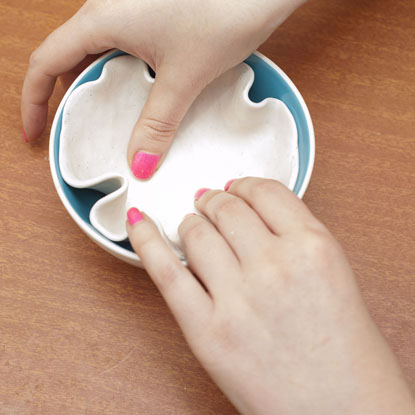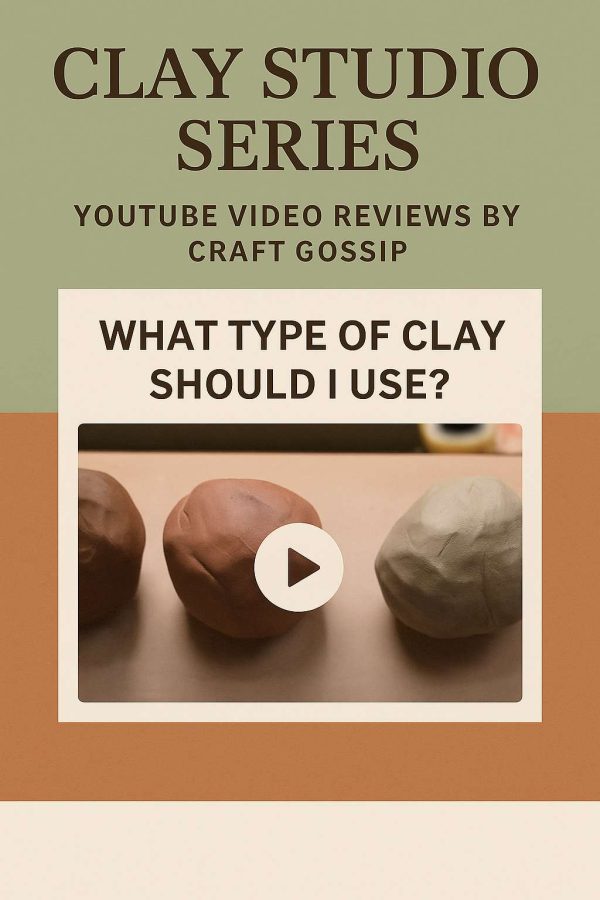
This one’s simple and adaptable. you can add designs and paint and textures. And while I don’t recommend using Fimo clay for food you could finish it with food-safe resin and it would probably be safer to use to hold foods.
Welcome to my tutorial on how to make your own polymer clay bowl! This project is a great way to use polymer clay to create a functional and decorative object that can be used to hold trinkets, jewelry, or other small items. You can also use it as a pinch bowl, which is a small bowl that’s perfect for holding a pinch of herbs or spices while cooking.
Polymer clay is a fun and versatile medium that can be molded, shaped, and baked to create all sorts of objects. It’s available in a wide range of colors, so you can choose the ones that best suit your style.
Before you start working with the clay, it’s a good idea to knead it to make it soft and pliable. This will make it easier to shape and mold. You can also use a clay conditioning machine or roll it out with a rolling pin to make the clay even softer and easier to work with.
When it comes to shaping and molding the clay, you can use a variety of tools, including your hands, clay sculpting tools, and cookie cutters. Just remember that the clay will harden when it’s baked, so it’s important to work quickly and get the shape you want before it becomes too stiff.
Once you’ve shaped your clay into the desired form, it’s time to bake it in the oven. Follow the instructions on the clay package for the correct baking temperature and time. After the clay has cooled, you can sand it, drill holes in it, or paint it to finish your project. You can also use a sealant to protect the clay and give it a glossy finish.
I hope these tips are helpful as you get started on your polymer clay bowl. Happy crafting!
And remember you can use any shape that the clay will come off of as an innie or outie mold: bowls of all sizes but also the bases of vases, bulbs, wadded up tin foil, trays… anything that won’t melt at 275F.
Clay bowls are trending right now and we have featured lots of different designs, including these pinch bowls which are tiny and perfect for making as gifts. If you do not want to use Polymer clay for making your bowl you could use an Air drying clay. We highly recommended Das Airdrying clay that we have been using for over 20 + years.
